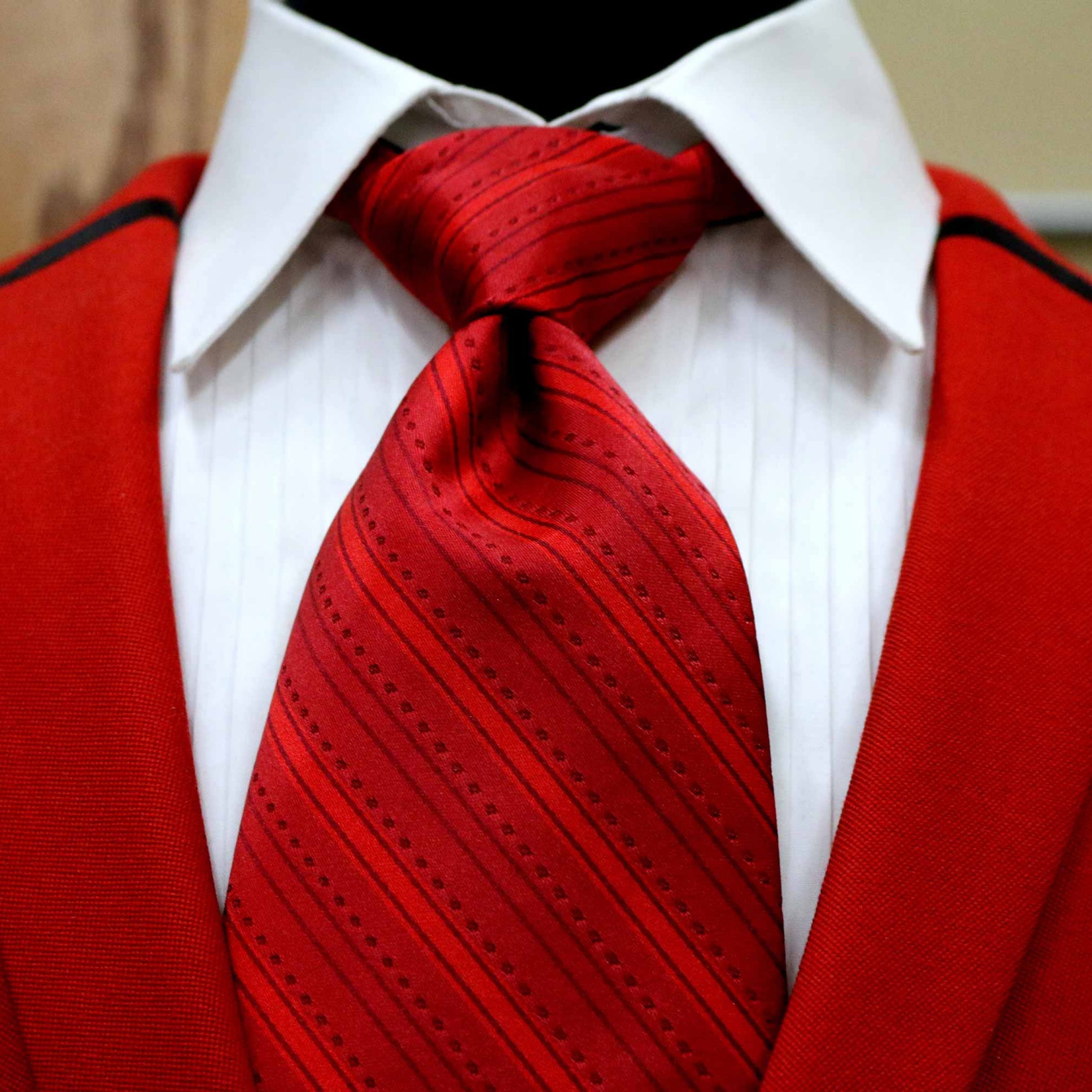
Mixing Pattern In Menswear
BY: Judith Rasband • Jul 24, 2019
Men often tell me they have difficulty mixing the patterns in their shirts and ties. They’re not alone. Where to start and how to mix patterns present problems for women as well.
I suggest you start by finding a pattern – a plaid, stripe or print, which you absolutely love and feel you, could wear forever. Use the colors present in the pattern to suggest the color scheme of an outfit or for an entire wardrobe. That way, the hard part of coming up with a color scheme is already done for you.
Mixing the patterns in an outfit can add interest, sophistication, and flair, but it’s difficult to do harmoniously. Successful pattern-on-pattern combinations require imagination and balance. Keep in mind the following guidelines:
- Consider the lines and pay attention to the direction in which the pattern runs. The most commonly made mistake is to combine too many bold directional patterns at once. Plaids, stripes and prints, each headed in a different direction, can cause a headache and cerate an unsettling or comic appearance.
- Variety and contract in direction are desirable, but one pattern must be dominant and any other subordinate or less dominant by degrees in descending order. Stated another way, select only one strong pattern, then a softer, subtler pattern, and finally a fairly neutral pattern. A pencil stripe paired with a faint plaid, and finally, a solid color or textured fabric will do nicely.
- Pay attention to the scale or size of the dots, stripes, checks and plaids. The size will determine the strength of a pattern, and hence, what size patterns to combine with it.
- Equally small-scale dots, stripes checks and plaids or prints in your suit, shirt or tie can become overworked and invite disaster. Some contrast in graduated sizes is desirable. However, sizes should graduate from small to medium and not jump from small to large.
- Color also makes a difference in the strength of a pattern. Brighter, darker colors produce stronger patterns. Some contrast in warm and color hues, light and dark values, and bright and dull intensities is desirable, but one color must be dominant and the various patterns should have one color in common – that’s the key to color coordination.
- Pay attention to texture. Some patterns stem from the weave of the fabric. Corduroy creates textual stripes. Gabardine forms diagonal twill. A pronounced basket weave suggests small checks, and tweed contains slub yarns assembling small dots. While contrast in texture is desirable, one texture must be dominant.
- If you’re not sure of what you’re doing, you’re smart to start by separating two patterns with a solid color. For example, you might wear a patterned suit, a solid colored shirt, and a patterned tie. A brown pinstripe suit (stripes are easier than plaids to mix because the lines run in a single direction) worn with a light tan shirt and a small polka dot or check tie in brown, beige, and red will do nicely for a beginner. For a bolder look, opt for a widely spaced red-stripe tie.
- Advance to wearing a solid colored suit, a patterned shirt, and a patterned tie. This works more easily if both patterns are traditional and if one pattern in non-directional-that is an all-over print. Try wearing a charcoal gray suit, a cinnamon-stripe shirt with a rust and gray print tie. Maybe you’d prefer a patterned suit, patterned shirt, and solid color tie. A navy blue pinstripe suit, with a narrow stripe shirt and a burgundy tie, is a classic for beginners. (Beware a pinstripe suit and plaid shirt; the combination is generally not acceptable for business).
Go the distance with a patterned suit, patterned shirt, and patterned tie. You might try a pencil stripe suit, a pinstripe shirt, and a bold all-over print or diagonal stripe tie. If you really want to make a statement, try wearing a medium check suit, with a small check vest, a striped shirt and diamond textured tie with solid colored slacks. The look is terrific, and practice makes perfect.

